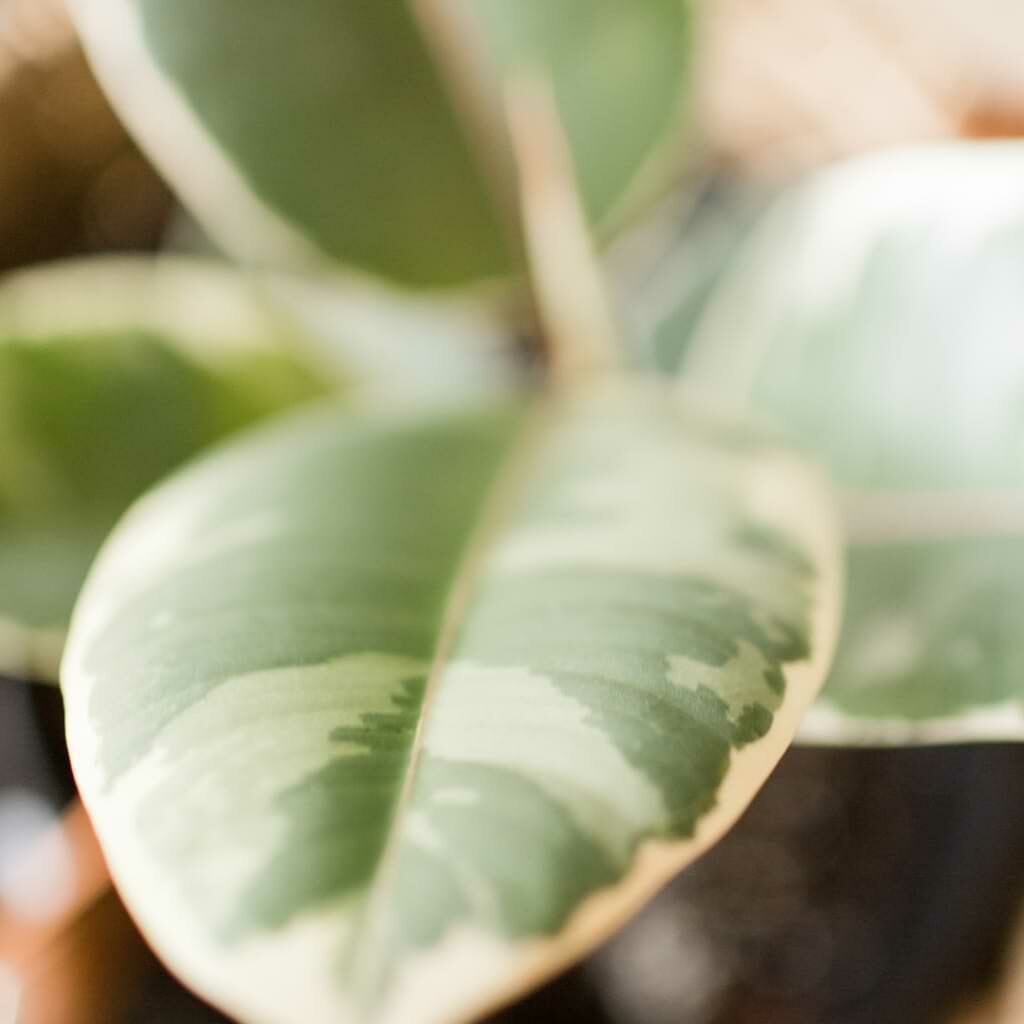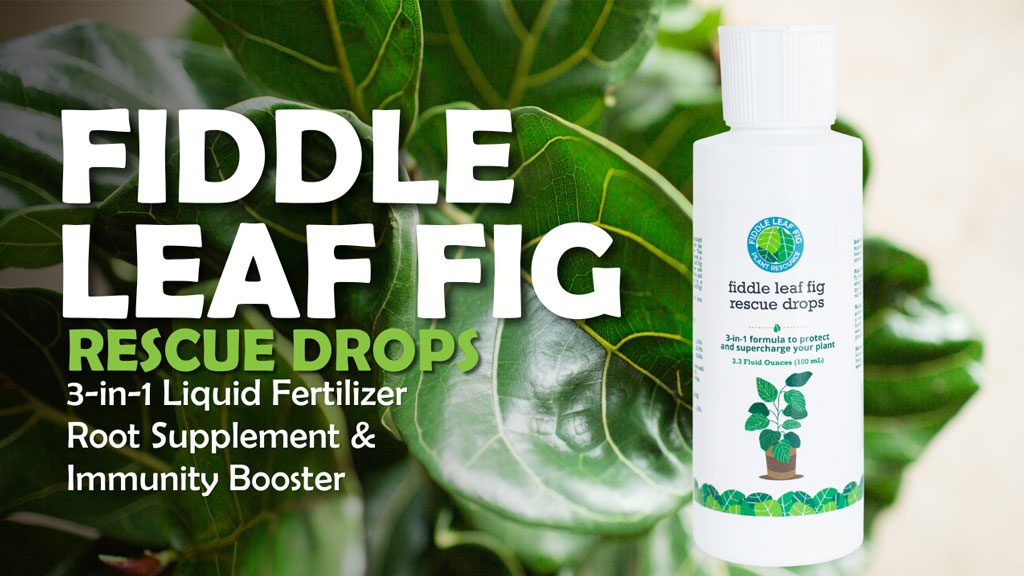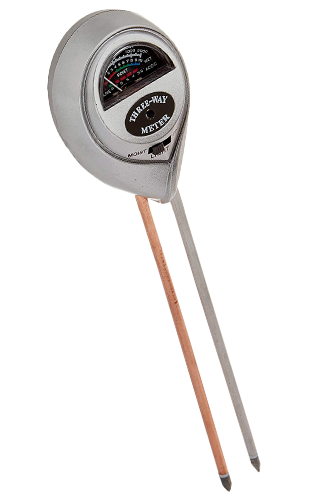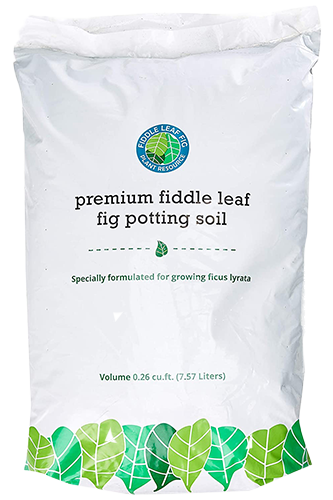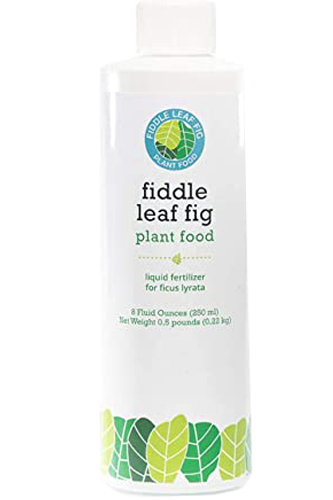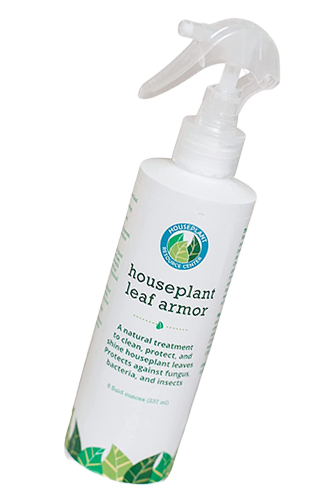Ficus Elastica Tineke is an intriguing and stunning houseplant highlighting large glossy oval and leathery leaves. The foliage is blushing with green and off-white variegation featuring pink veins. It is also commonly known as a variegated rubber plant because it produces milky white latex, which can be used to make rubber.
The fascinating Ficus Elastica Tineke features remarkable foliage with deep green in the middle, light green before the leaf border, and the pale cream at the edges is something to drool over. The beautiful Ficus Tineke is a joyous, colorful houseplant, and with its thick and lush leaves, this astonishing beauty makes a soft but striking statement in any warm and bright room.
| Common Name | Ficus Tineke, Variegated rubber tree |
| Botanical Name | Ficus Elastica Tineke |
| Family | Moraceae |
| Origin | Asia |
| Soil | Well-Drained |
| Humidity | 40%-50% |
| Temperature | 60F-70F |
| Sunlight | Partial sunlight |
| Pests | Mites, Aphids, Scale |
| Diseases | Root rot |
How do you care for a Ficus Elastica Tineke?
Gratefully, the Ficus Tineke is a comparatively low-maintenance plant; therefore, it will blossom if offered the correct placement, light, and water. The plant loves slightly moist soil; however, avoid overwatering to prevent problems like root rot. Please place the plant where there is a perfect balance of shade and sun, such as on stairs and corners.
Typically, it is grown as a houseplant, but it can thrive indoors and outdoors in the right conditions with appropriate care. If you are a beginner houseplant enthusiast, this is an ideal plant for you.
Please keep reading our comprehensive care guide to raise and flourish this plant at home.
Growth and Size of Tineke Rubber Plant
Ficus Elastica Tineke is a fast grower and raises to 24 inches annually. It has thick glossy leaves that can grow up to 12 and 5 inches in width. If it is grown indoors, it can grow to heights of 5 to 6 feet, and with the proper growth conditions outside, this plant can get enormous. However, this extraordinary beauty is very manageable indoors in its contained space.
How often should I water Ficus Tineke?
Regarding watering, the Ficus Tineke loves a consistent watering schedule. Although it likes moist soil; however, please don’t kill it with over watering as it’s a more significant issue than underwatering. Additionally, if the plant is left in standing water for a continued period, it can lead to root rot which could be irreversible damage in most cases.
The rubber plant appreciates if the top few inches of the potting mix is dry in between watering. Therefore, watering once every one or two weeks during the growing season is sufficient, but it also depends on the temperature, light, and humidity. Always check the soil’s moisture level and dampness before rewatering.
To check the moisture level of your soil, insert a 3-in-1 Moisture Meter half way down into the soil, half way between the trunk and inner edge of the pot. When the meter reads a 4 or below, it is time to water.
Light Requirements
The rubber plant likes bright and indirect sunlight that mimics its natural habitat. To keep variegation and coloring on the plant, ensure it gets bright indirect light. The provision of the perfect light is the biggest challenge for plant parents. Too much sunlight may scorch the foliage, and low light conditions fade the color and variegation, reducing leaf growth and browning of leaf tips, making your plant unattractive and gangly.
The Ficus Elastica Tineke appreciates the morning sun and if you want to promote reddish pink leaves, let it sit for one to two hours in the morning light, which makes the plant happiest but remember to avoid direct exposure to intense sunlight. If you place the plant in an east-facing window, it can do wonders for your plant, and don’t forget to rotate it from time to time for its balanced growth.
Humidity and Temperature
The rubber plant is native to regions with humid conditions throughout the year, which is why it loves high humidity conditions. However, for the healthy growth of the plant, a minimum of 40-50% humidity is required.
Avoid placing the plant in drafty places, for instance, under open windows and air vents in winter. Additionally, place a humidifier near the striking rubber beauty to maintain the required humidity indoors. The pebble tray is another reasonable alternative for the plant’s aspiration of a humid atmosphere.
As a typical tropical species, this rubber plant appreciates warm temperatures. The ideal temperature range for it is from 60 to 70 degrees Fahrenheit. Avoid sitting the plant at a temperature lower than 55 degrees Fahrenheit to prevent it from any damage.
Maintenance of Tineke Rubber Tree
As a houseplant, the Ficus Elastica Tineke doesn’t need much maintenance, but a mature plant does need pruning to maintain its shape and size.
The best time for pruning is summer and spring, but it can be pruned throughout the year. Use sharp tools such as our Pruning Scissors and Shears for trimming it above nodes. To promote new growth, leave 2 to 3 leaves at each stem when growing indoors; for outdoors, leave at least 5 to 6 leaves on each branch.
Always use disinfected tools while working on your Ficus Elastica Tineke Plant.
Soil Requirements
Ficus Tineke is not onerous when it comes to potting medium. This variegated rubber plant thrives in well-draining, light, and most soil. However, it can also tolerate sandy and loamy soils. The plant loves slightly acidic or neutral soil and only needs water when the top inches of soil are dry.
For healthy plant growth, use a pot with drain holes and a balanced soil mix that promotes its growth. You can use a good aroid mix from the market or use one at home by combining the following components
- 30% cacti soil mix
- 30% orchid soil mix
- 20% perlite
- 20% charcoal
Premium cacti mix contains coarse grit for better drainage, controlled release fertilizer, and essential minerals like calcium and potassium. The orchid mix helps encourage aeration, and charcoal balances the soil’s Ph level. Lastly, perlite forms spaces around the soil to allow aeration and free water flow around the root system to prevent it from root rot.
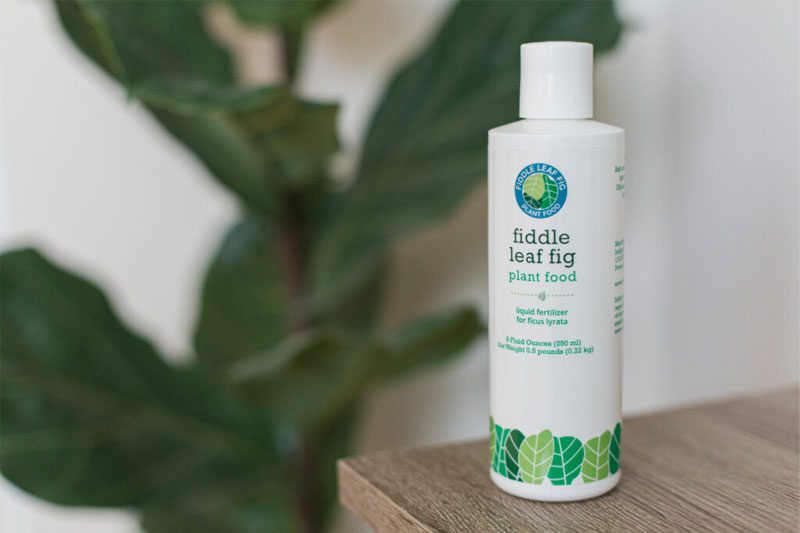
Fertilizer
Ficus Elastica Tineke requires light fertilization, but it needs some food to sustain healthy growth, and we recommend feeding the plant during the active growth season, spring and summer. Fertilizing the Ficus Tineke monthly will boost the growth and enhance the foliage color.
Fiddle Leaf Fig Plant Food is certified 3-1-2 NPK ratio which is perfect for ficus elastic tineke plants. Safe to use each and every time you water, your plant will receive the nutrients it needs to grow and sustain its beautiful leaves.
Repotting Ficus Elastica Tineke
The rubber plant needs to be repotted every after one or two years. This plant loves being slightly pot-bound; therefore, wait until it shows the signs of repotting. The right moment to repot the plant is when the soil doesn’t retain the moisture when you water it, and water leaks straight through the bottom holes.
For repotting, you need a loose and well-draining potting mix with all the right and required ingredients. Use a planter that is only 2 inches larger than the current pot.
Repotting for the plant is vital as it lets the roots constantly grow, and fresh soil revives the plant.
Propagation of Ficus Elastica Tineke Plant
The Tineke can be propagated through air layering or from cuttings. The best time to reproduce your houseplant is the growing season. Here is how you can promulgate your variegated rubber plant.
Propagation via Air Layering
The air layering technique allows you to turn the top portion of the stem into a new plant. This method causes nutrients in the plant’s vascular system to accumulate at a stem cut that grows new roots.
- Grab all the essential tools you will need for propagation, such as gardening shears, a clear plastic bag, a toothpick, twist ties, and long fibered sphagnum moss.
- Now identify the part of the plant to propagate, and make sure that the part should be healthy. Choose a spot that is at least 6 inches below the leaves on the stem.
- With the help of a sharp blade, make an upward diagonal cut that should be about one-third of the way through the branch or stem.
- Now insert a toothpick into the cut to keep it open. Finally, you can apply rooting hormone to the cut surface to speed up the process.
- Tie a handful of moist sphagnum moss around the stem cut with the help of twist ties. It will serve as a new medium for root growth.
- To retain moisture, tie a plastic wrap around the stem to cover the ball of moss.
- The new roots will grow within a few months. Then remove the plastic wrap and cut the stem below the new root growth. Finally, your new baby Tineke is ready to be planted. While planting, leave the moss on the root and use fresh soil mix for the new plant. Keep the soil moist but avoid overwatering.
Propagation via Cuttings
This is a great and easy way of propagation in which you can use trimmed-off pieces of Ficus for growing a new plant. The ends of the branch with new growth and a portion of healthy stem can be used for this method.
- Get a sharp knife, a chopstick, a sealable plastic bag, and an optional rooting hormone.
- Make a clean cut at the internode (between two nodes). The cuttings should have 2 to 3 leaves and a node for root growth.
- Apply rooting hormone at the bottom of the cutting. Now take a small pot with an appropriate mix and plant the cuttings.
- Next, keep the cuttings in a sealable plastic bag. Use a chopstick in the soil to avert the bag from touching the leaves to hold the moisture cap the bag but not wholly.
- Place the bag in a warm place where it receives moderate indirect sunlight. After 2 to 3 months, the roots will grow and remove the plastic bag. The foliage will mature in about 6 months.
Is Ficus Elastica Tineke Toxic?
The Ficus Tineke is toxic to humans and pets. Keep the plant away from children and pets, and make sure that no one should consume it. It can cause severe issues if ingested by humans and pets. If you notice vomiting or irritation after contacting the plant, immediately get medical help.
Also, ensure to wear gloves while pruning and maintaining the plant.
Pests
Like any other houseplant, the Tineke can fall vulnerable to aphids, mites, and scale.
Signs: Common signs of pests and symptoms are tiny holes in leaves, slimy and sticky residue, and yellowing of leaves.
Prevention/Treatment: Regularly wipe off the leaves with a damp towel to knock out the minute signs of pests. If the symptoms of infestation are there, immediately isolate your plant. Apply neem oil on the affected areas or spray soap water regularly until pests are treated.
Diseases
The most common disease that Tineke suffers from is root rot. Root rot happens because of poor drainage and overwatering.
Signs: If your Ficus is attacked with the disease, it will show signs of yellowing of leaves and mushy stems and roots.
Treatment/Prevention: If you notice the symptoms. Immediately report the plant in a fresh, well-aerated, and well-draining potting mix after removing the infected parts. You may also apply fungicide in the soil mix to prevent a recurrence.
Common Problems:
Regarding problems, the Ficus Tineke may be a bit fussy. However, the plant will give clues if there is anything wrong with it.
Yellow leaves: The yellow leaves are the signs of overwatering. If you notice yellow leaves on your plant, inspect the soil to see if it’s too wet or soggy. Then, reduce the watering rate and allow the soil to dry out.
Leaves losing color: If your Tineke’s leaves are losing color and have become paler, the plant is not receiving adequate light. Move the plant to a bright area with enough sunlight.
Brown tips: The tips of the Ficus leaves will turn brown and crispy if they are underwatered or lack humidity. If you notice these symptoms, adjust the watering frequency and raise the humidity level indoors.
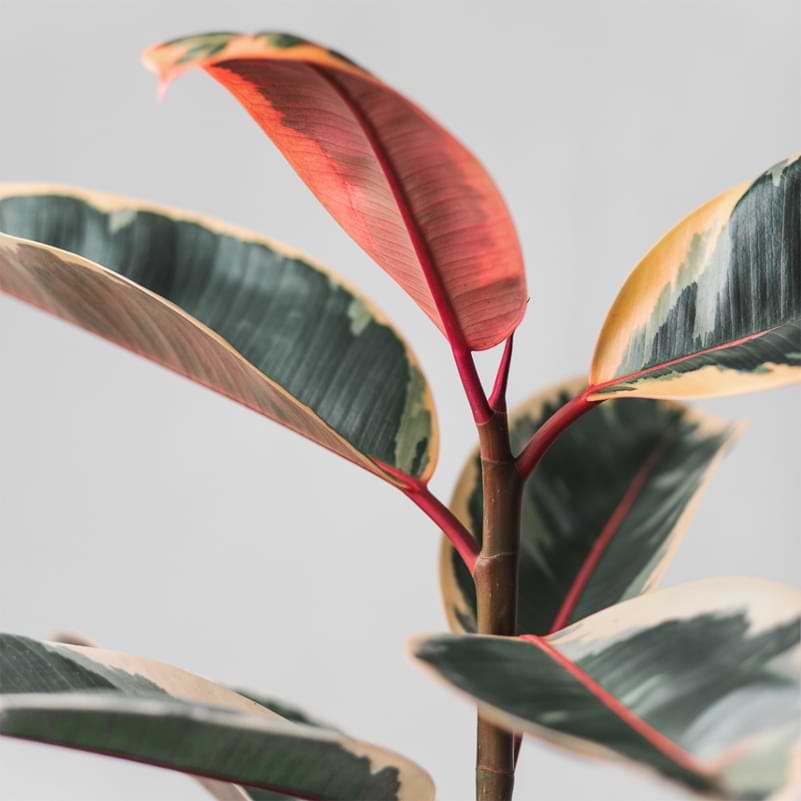
FAQs
Is Tineke the same as Ruby?
Ruby has variegated cream and green leaves that maintain a deep pinkish to red hue, while Tineke has pink veins, and the leaves have a variegated amalgam of light green, dark green, and cream color.
How long do rubber plants live?
Rubber plants can live up to 10 years with the proper care and attention.
Can we keep rubber plants in the bedroom?
The rubber plants can be kept in a bedroom where they can help remove toxins in the air and fight against parasites and tropical diseases.
Conclusion
Ficus Tineke is a gorgeous plant with conspicuous foliage that makes it a perfect houseplant. In addition, it’s an ideal plant for plant fanatics due to its low maintenance. It can prosper both indoors and outdoors if provided with the right conditions.
If you want a unique statement piece for your living, there isn’t any other perfect plant than Ficus Tineke.
If you have questions or need support for your ficus tineke, come join our online community by clicking below!

